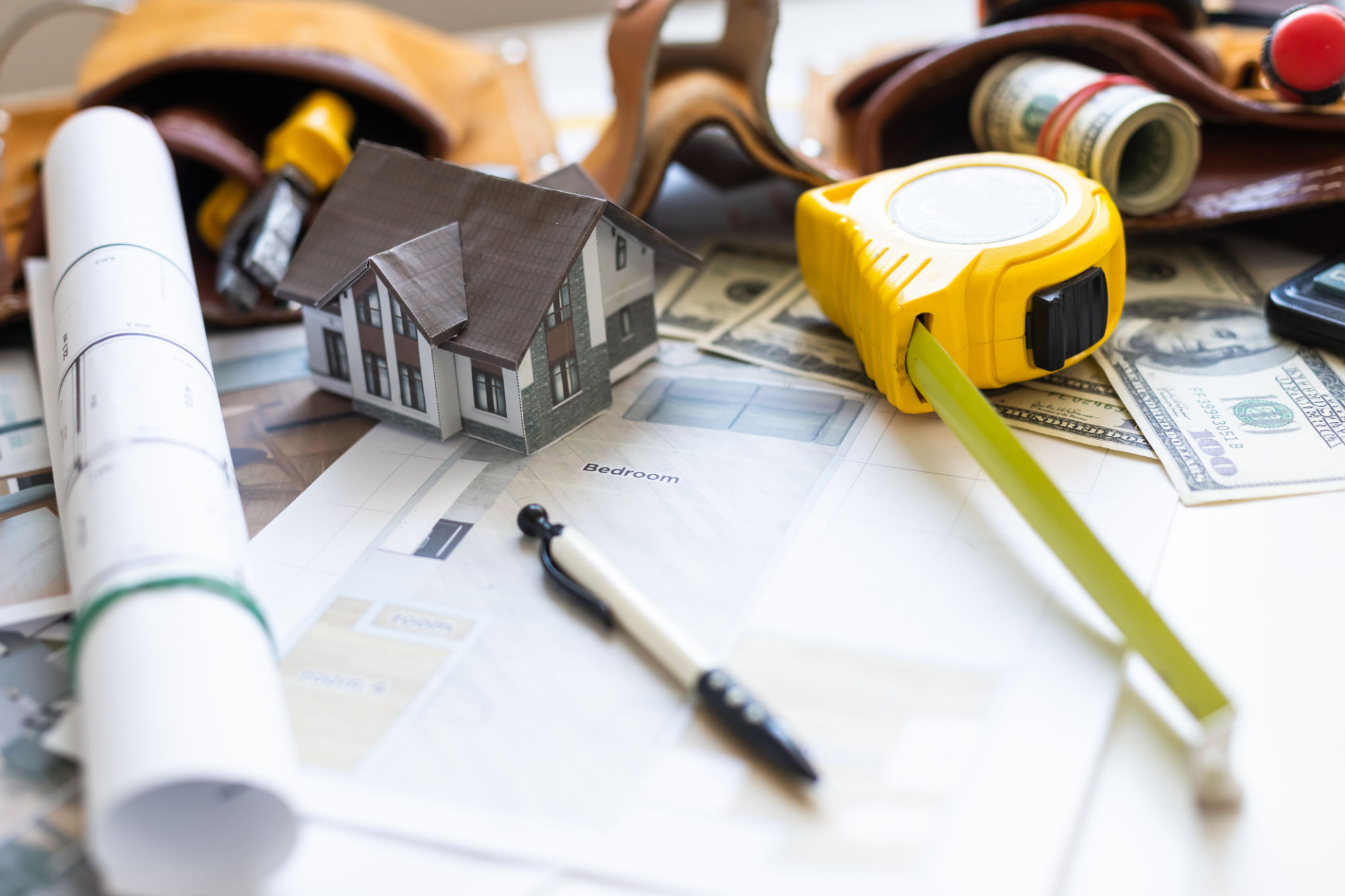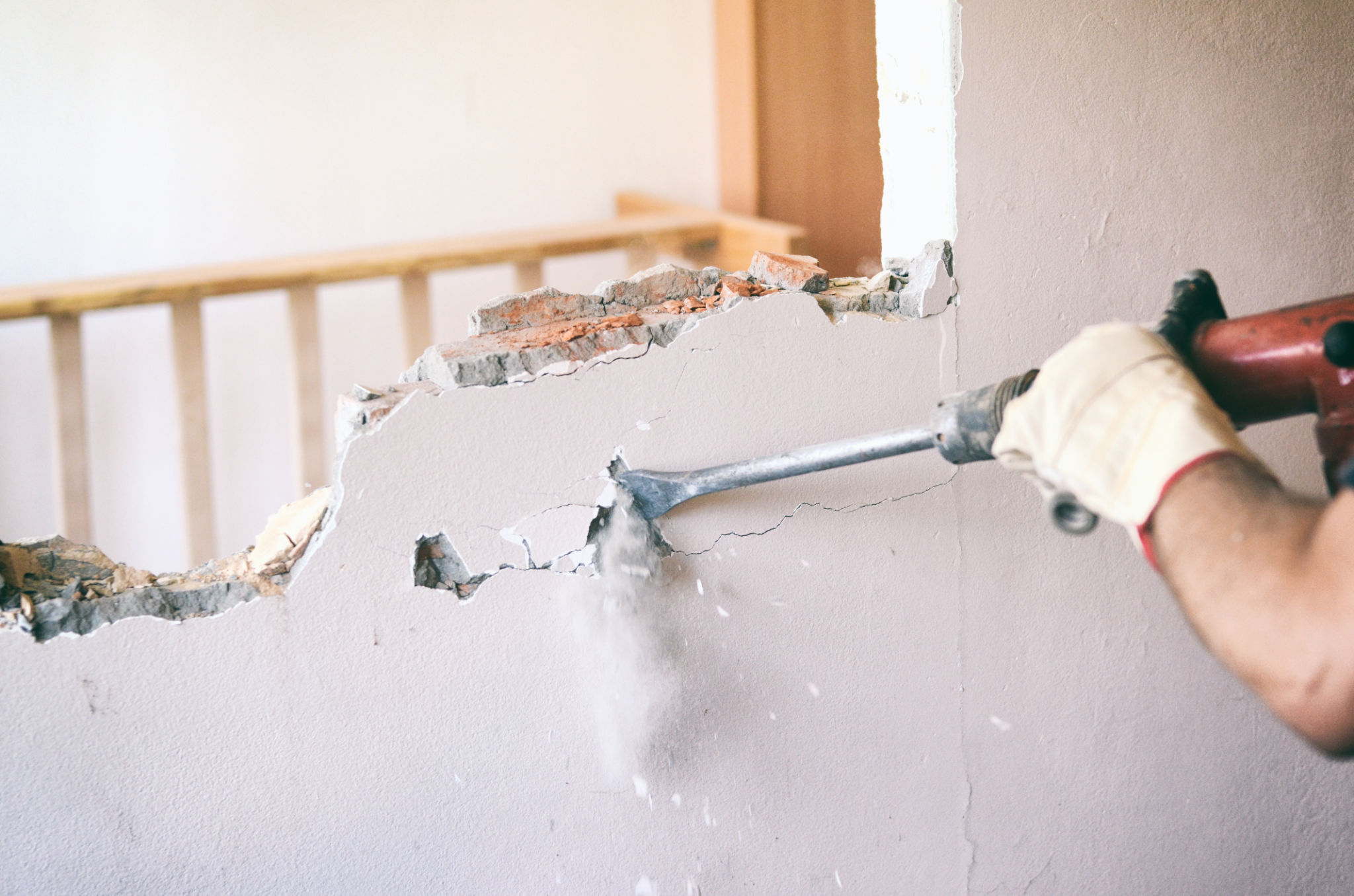Step-by-Step Guide to DIY Home Renovations in Dane County
Planning Your DIY Home Renovation
Embarking on a DIY home renovation project can be an exhilarating yet daunting task. Whether you’re updating a single room or revamping your entire home, the key to success is in the planning. Start by setting clear goals for your renovation. What do you hope to achieve? Are you looking to increase your home's value, improve functionality, or simply refresh the aesthetic?
Once you have a clear vision, create a detailed plan and budget. Research costs for materials and any tools you might need. Remember, while doing it yourself can save money, unexpected expenses can arise. A well-thought-out budget can keep you on track financially. Consider using online tools or apps to help manage your budget effectively.

Getting the Right Permits
In Dane County, certain renovations may require permits. It's crucial to check with local authorities to determine if your project needs any approvals. This step not only ensures compliance with local building codes but also protects you from potential fines or complications down the line. Common projects that might require permits include structural changes, electrical work, and plumbing.
Once you've determined the necessary permits, submit your application well in advance. Processing times can vary, and it's best not to let paperwork delay your project. If you're unsure about the permit process, consider consulting a professional or reaching out to your local building department for guidance.
Gathering Your Tools and Materials
With permits in hand, it's time to gather your tools and materials. Make a comprehensive list based on your project plan. Having all the necessary items at the start can save you multiple trips to the store and keep your project timeline intact. Consider borrowing or renting tools you don't own to minimize costs.

For materials, compare prices from different suppliers and look for discounts or sales. Buying in bulk might save money if you're renovating multiple areas of your home. Don’t forget about sustainability; opting for eco-friendly materials can be both beneficial for the environment and add a unique touch to your home.
Demolition and Preparation
Before starting the actual renovation, prepare the area by clearing out furniture and personal items. This step ensures safety and provides ample space for work. If your project includes demolition, ensure you're taking safety precautions such as wearing protective gear and securing the area from dust spread.
Demolition can be messy but is often necessary for significant renovations. Plan how you'll dispose of construction debris, as some items may require special handling or recycling. Keeping a clean workspace will make your renovation more efficient and enjoyable.

Executing the Renovation
Now comes the most rewarding part—seeing your vision come to life! Follow your plan closely but remain flexible; unexpected challenges can arise. When installing new features or systems, double-check measurements and instructions to ensure everything fits perfectly. Don't rush through this process as precision is key in achieving professional results.
If you're working on complex tasks like electrical or plumbing installations, consider hiring a professional for safety reasons. Doing so can prevent costly mistakes and ensure that everything is up to code.
Finishing Touches and Cleanup
Once major installations are complete, focus on the finishing touches that will give your home its new look. Paint walls, install fixtures, and arrange furniture according to your design plan. These final details are what transform a house into a home.

Finally, conduct a thorough cleanup of the renovation area. Dispose of waste properly and clean surfaces to reveal your hard work's full impact. Take time to appreciate your efforts and enjoy the refreshed space you've created in your Dane County home.
Reflecting on Your DIY Journey
Completing a DIY home renovation is a significant accomplishment that enhances not only your living space but also your skills and confidence. Reflect on what you've learned throughout the process—what worked well and what could be improved for future projects.
Your DIY journey in Dane County can be the start of many more creative endeavors. Share your experiences with others who might be considering similar projects, and take pride in having transformed your home with your own hands.